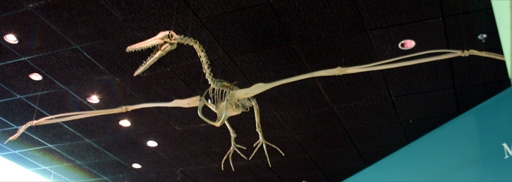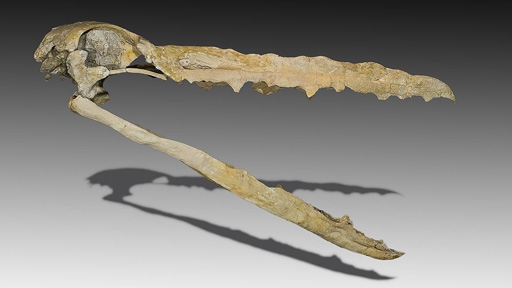
The remnants of a seabird the size of a small airplane (with teeth!) has been discovered on the Antarctic Island of Marambio.
Scientists found only a remnant of the humerus, which is the arm bone, but could still easily determine that the specimen was one of the oldest Antarctic birds known to science.

This particular species was known for its “pseudo-teeth.” Pseudo teeth are made from the bone of the jaw and are covered in a beak-like material.
Because the teeth weren’t serrated, researchers gather that they were used for grasping and swallowing rather than tearing and shredding prey.

According to a study by Marcos Cenizo of the Provincial Museum of Natural History, the bird is estimated to have existed between 49 and 53 million years ago in the Lower Eocene Epoch.
The ancient seabird belongs to the prehistoric family pelagornithidae, which is a cousin to the goose and duck family. Pelagornithids existed for nearly 60 million years before mysteriously going extinct 2 to 3 million years ago.

Pelagornithids were extremely large birds with wingspans over 20 feet. Given the size of the humerus, scientists estimate that this particular bird had a wingspan of 21 feet.
The lightweight bones of pelagornithids probably allowed them to fly long distances over open ocean as modern-day seabirds do today. We can only imagine what a sight that must have been!




